Stratocaster Bass VI (3/3)

Bass VI
The body is almost full-thickness and on the heavy side, at least compared to the thinner bodies I've used on other projects. This is deliberate, to provide balance against the longest neck of any yet. All up weight is about 8 pounds.
Although it is still a 30" scale, the full two-octave neck is almost as long as a long-scale, only shortened by its guitar headstock. The neck is narrow - guitar width - but on the chunky side, much like a Ric neck. I wanted the extra wood to be sure that it is stable under six bass strings, which it is, the strings hardly seem to affect it. The truss rod is my most refined yet. It adjusts easily at the heel with a spoke nut, double-acting, and is removable, should it ever need to be repaired. The decals are laser-printed with a thick coat of lacquer on top that is sanded flush and polished. The result is that the logos seem to be floating in the finish. The rest of the neck is spray polyurethane, including the fingerboard. The tuners are six-on-a-plate Kluson-style that I had lying around. The nut is Strat-spaced, hand-made from bone for the thicker strings.
The strings are D'Addario Jerry Jones / Danelectro Bass VI strings that I had previously installed on another instrument. There were a couple of problems installing them on the Strat tremolo - the extra length required made them fall just short of the nut. So I removed the tremolo block and deepened the string holes about 1/4". The metal is crappy zinc alloy that drills easily and didn't even dull up the oxide drill bit. You could just as easily drill it clean through and let the steel bridge plate hold the strings. That did the trick for the bottom four strings, but the top two were previously cut off too short to reach the new tuners. So I broke open a spare set and took the strings from there, which leaves me with the four low ones of the set and some more ideas.
The tremolo cavity is an interesting sight: five springs installed, and the claw screwed all the way up against the wood. This is to hold the bridge flat against the body with some authority, for tuning stability. Total string tension is about 160 pounds, 60% more than a typical guitar. I calculate that the total spring force to counteract that is about 45 pounds, and I have it dialed up beyond that. So figure around 210 pounds of force against the six bridge pivot screws, or about 35 pounds each. All of this is a lot more than the Strat tremolo was ever designed for, and worries me. The steel bridge plate will never fail, but the wood under it is another story.
The D'Addario strings are 0.084" which just fits through the guitar tuner post. Regulation Fender Bass VI strings are 0.095", which would not only require drilling out the tuner post, but would result in even higher string tension that would certainly cause this design to fail. A Fender Bass VI uses a Jazzmaster-style tremolo. That handles the tension better than the Strat design. For one thing, the tremolo spring is perpendicular to the springs and does not add to the problem. Also, compared to a Strat, the entire Jazzmaster tremolo/tailpiece assembly is much stronger, all steel-on-steel with a blade-type pivot, and is much better secured to the body. Leo Fender was no dope.
This tremolo doesn't work very well. It is far too stiff to be useful. At least it is set up to do only down-bends, so you can't make the situation worse, but before the pivot screws start to fail, I think I will remove the tremolo and make it a hardtail. Take the spring block off the back of the bridge, and install a wood block in the tremolo cavity. Then use the three now-empty screw holes in the bridge plate to secure the back end of the bridge to the body. At that point, you have only the string tension to worry about, and three extra screws to handle it. I could even add a threaded hole for the non-functional tremolo arm. That would reduce the tension to just the 160 pounds of the strings, not much more than the 130 pounds of a stock Strat tremolo setup. It will be a PITA to remove and reinstall six strings, but simply blocking the tremolo Clapton-style would probably make the situation even worse. I don't think a two-point tremolo would solve much either, and the pivots would probably dull-up very quickly, at which point it would never return to pitch if floating.
The electronics are special. While the pickups are just three Squier single-coil guitar pickups, they are wired in series with a super switch. I will post schematics later. Switch positions 1 & 3 have a distinctly single-coil Jazz Bass sound, with a decent amount of low end. Position 5 is very guitar-like. Positions 2 & 4 are really where it's at. Position 2 has a big meaty sound like a Precision Bass. Quacks like a lion. Position 4 is similar but more restrained, like a very deep Strat quack. In both cases, the combined pickups are effectively humbuckers with very distant coils. Each coil senses a distinctly different set of harmonics, filling in for the other one for a very full sound.
Volume is a standard A250k pot. The first tone control is a standard treble roll-off with a 250k pot. I find that the resistance of a pot has a much greater effect than the taper, and these values work well for me. The second tone control is a bass roll-off with a 500k pot; in this case, you need at least a 500k pot. Backing both tone controls all the way together pretty much silences the output, but there are lots of intermediate combinations that work, although sometimes at the cost of volume. Back the bass control and select the bridge pickup and you can play barre chords, and even open chords, without it all turning into thunderous mush.
Except for the tremolo issue, the Bass VI is a success. It sounds and plays great. Of note is the fact that it does not play like a bass, it plays like a guitar, with a pick or other guitar style. The Fender Bass VI always struck me as ugly, with an extended horn stuck onto a stretched body, distorting the sexy Jazzmaster shape into something from a carnival hall of mirrors. The Strat Bass VI is a good-looking guitar, and could probably be made perfect with the bridge/tailpiece setup of a Jazzmaster, but I will leave that for someone else to try. I will very likely soon remove the tremolo and convert this one to a hardtail before something bad happens. That's a bit of a shame, but the tremolo doesn't really work anyway, and it will really solidify the tuning.
Bass VI update
I really wasn't looking forward to un-stringing the guitar to modify the bridge. Removing all six strings from the tuners, then straightening and pulling them through the tremolo, and then reversing the whole procedure was going to be a real pain. Six strings are a lot more bother than four, 50% more to be exact. And all that messing with the strings is just asking to break one, and they are not easily replaceable. So I tried something else instead.
I'd say the Strat tremolo design is structurally marginal even for a guitar. The wood between the tremolo route and the control cavity is too thin and tall and poorly supported, with the grain running the wrong way. In addition, there is a sharp corner at the base from the routing process. Add to that the fact that guitar bodies are generally not made of the strongest hardest woods, whether it is alder or basswood or some of the Indonesian stuff. The only thing in its favor is that there are six screws to spread the load over a larger area.
I removed the bridge and the pickguard, leaving the strings in place. Then I filled the six holes for the pivot screws with cyanoacrylate, or super glue, the thin watery kind. My goal is that this will be absorbed into the grain, and when it sets it will form a composite with the wood, much harder and stronger than the original material. This is not an uncommon thing to do in woodwork, and small areas of end-grain of the size and thickness of what I'm doing here are known to saturate clean through from one side to the other.
Hardening an area around each screw hole should distribute the stresses much better and avoid cracking. Once cracks begin to form, they just grow and merge until eventually the material fails ( that's my engineering background talking. ) The best way to handle the situation is to prevent it from starting in the first place. The first visible cracks will be in the finish, which always cracks even before the wood has, from flexing. That will be easy to check for, just lift up the pickguard and take a peek now and then. The CA solution will also repair any pre-existing cracks or flaws in the wood. The only question is, will it be strong enough in the end?
As the liquid levels in the holes dropped by themselves, I'd say it was working, the glue certainly went somewhere, and it doesn't evaporate. I also added a wedge-shaped block of wood against the back wall of the pickup cavity, with the grain going across. This should reinforce it significantly. I gave it all half a day to dry, then drilled out the screw holes and reassembled everything. The glue in the wood will probably take days to fully set up, although cellulose actually acts as a catalyst.
If it works, nothing will happen, ever. In other words, it won't fail. In which case, it is difficult to prove why, but I have no doubt that I improved the situation significantly. And I still have the tremolo; even if it works poorly, the arm looks cool.
This Strat bass has the most substantial feel of any of them, although some of the others have almost the same weight and length. I built the neck a little extra chunky for strength since it is so long. It is actually the same length as a standard 34" neck, but narrower. So far it has shown no propensity to twist or warp, and the truss rod is only just tight enough to keep it from rattling. Experience tells me that in the coming weeks I will be tightening the truss rod as the wood creeps into place under the applied tension.
Playing is strictly guitar-style with a pick, which I'm not very good at, but it's fun practicing. The sound is incredible. You can get tic-tac from the single-pickup positions, and real bass thunder from the combinations, thanks to the series wiring. Position 2 in particular has that classic P sound. All from a crappy set of Squier guitar pickups. This series wiring is awesome.
My main interest in building a Bass VI ( I have a Danelectro reissue ) was to build a bass with a functioning tremolo. Using a bare Strat body from eBay, I built a guitar-width 30" 24 fret neck that would line up on the existing bridge and strung it up with D'Addarios. I soon found out that the weak Strat tremolo was completely overwhelmed by the combination of string tension and spring tension, and would hardly move. But otherwise, it was a really neat guitar.
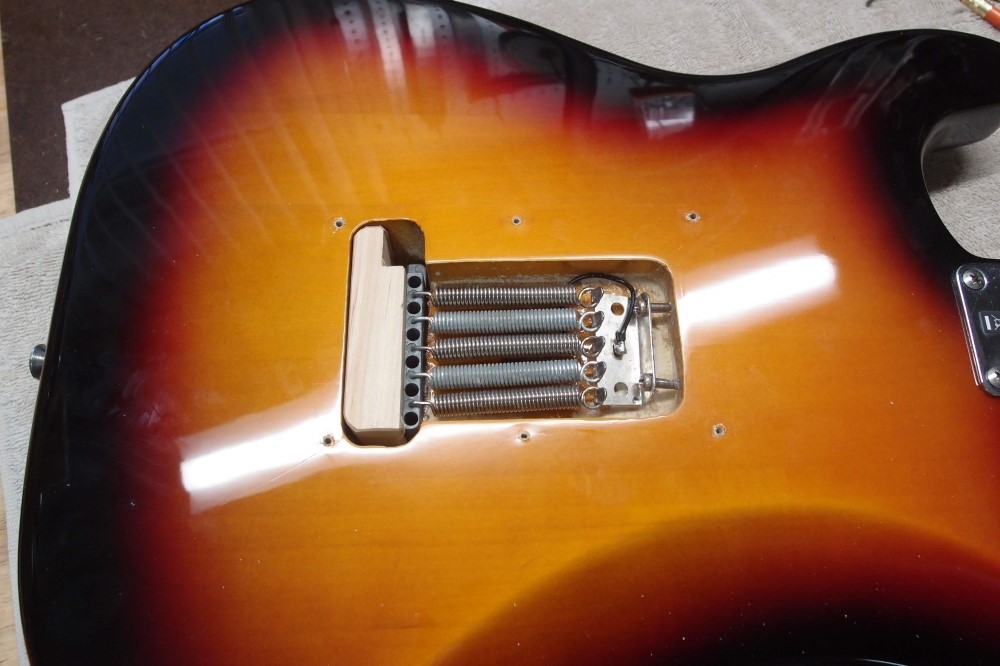
Fortunately, the six screws on the Strat bridge stood up to the abuse. Today, I finally blocked the bridge and backed off the claw, which was all the way in. Over time, the contact points of a Strat bridge will dull, and this is the reason they don't come back to pitch when you use the tremolo. The Mustang with its wacky two-point tremolo is especially prone to this. The Jazzmaster uses a completely different mechanism that is much more robust, a metal-on-metal knife-edge with the spring at 90 degrees to the strings, and more leverage for much lower stress.
Anyway, the Bass VI was a nice addition to my stable of mutant Strats, but I still didn't have the working bass tremolo I wanted. Of course, I could shell out $250 to Hipshot, but if you've been reading this thread, you know that's never going to happen. So instead I did this:
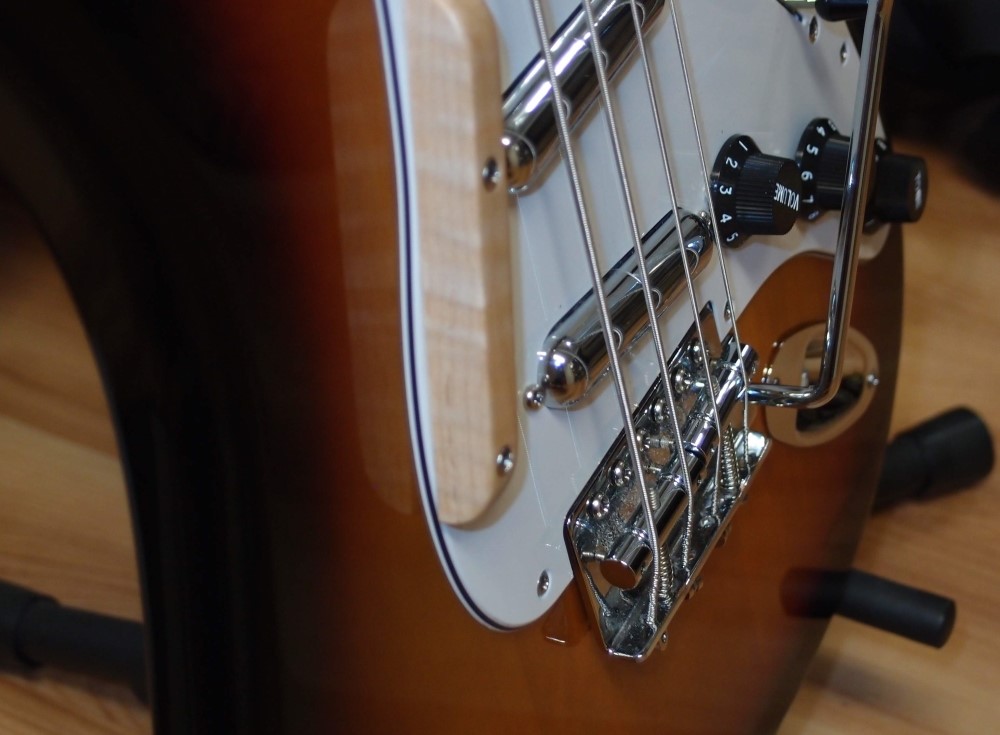
This is a Strat bridge plate modified to take two Bronco saddles. This involves drilling four new holes in the back of the plate, which I will detail below. I later figured out how to make nice saddles from brass threaded rod, and re-filled the empty Bronco plate for another project. At one point, I had a box full of these Strat bridges.
The Bronco is one of two narrow-gauge bass bridges that are readily available, the other is a squarish Chinese thing that works tolerably well with some simple modifications. Some other alternatives for a four-string guitar-width bass bridge include Rickenbacker and Danelectro, but neither of those are tremolos, and both are rather expensive. The Ric is an awful design and a real bother to install, the Danelectro is actually better. I haven't seen a Mustang bridge for sale in a long time, and they are expensive and a little weird.
I built another 30" 24-fret neck, and this time set it up for four strings and strung it up with the bottom four strings of a Bass VI set. With four springs on the back side, the tremolo floats very nicely. The spacing is such that you can play it with your fingers. It sounds a lot like a Bass VI, which is to say, a bass. If you pick it, it sounds exactly like a Bass VI. The thin strings are a strange feel for your fingers, but not bad, and you can bend notes like crazy.
The downside is, when finger-playing, you really can't use the tremolo. Your hand is in the wrong place to gather in the bar with your extra fingers like you would on a guitar. So even though the tremolo works perfectly mechanically, from an ergonomic point of view it is not usable unless you are picking. Still, it's a pretty cool guitar. I could always block the tremolo and put regular bass strings on it, but I like it the way it is.
Some build notes:
Both necks are very long, as long as a regular 34" neck, despite being short-scale. Because of this, you can use a regular long-scale truss rod with no modification. You should make them beefy, and preferably use a piece of super-strong tropical hardwood for the fretboard, not maple as I did. A 24" piece will barely cover it. For the back of the neck, I would use hard maple, nothing less. Don't weaken the fretboard with large inlays.
If you don't need to line up on an existing bridge, then I would recommend not building a 24-fret neck. 20-21 frets would be more stable and also allow more latitude for pickup placement. A shorter neck will also balance better and play better, these two are at the limit of what I would hang on a guitar body.
If you make a 24-fret neck, make the truss rod easy to adjust, either at the headstock or a spoke nut, as this long neck is going to need adjusting from time to time, especially the highly-stressed VI. A single-acting truss rod like my own design will work, a long neck like this is never going to back-bow.
For both models, use a guitar-sized headstock. The G string on the IV barely reaches the tuner. Guitar tuners work fine, although you may have to drill out one or two. A guitar nut also works, but you'll have to widen out the slots; that goes for just about anything that touches the fat strings. Bass VI strings use guitar-size ball ends. D'Addario makes two models: "Jerry Jones" with short leads for Danelectro-style guitars, and Fender, which is what you want for a project like this. Before you cut any wood, get a set of strings and see how far they will reach.
Guitar pickups work fine. I used lipsticks on the IV to avoid the four strings six poles visual mismatch, although it actually makes absolutely no difference in the sound. It is the overall magnetic field that matters, not the individual poles, and Fender did similar trickery on some basses. The VI uses some Squier pickups that I had lying around.
I ruined a couple of Strat bridge plates before I got the trick of drilling through the chrome. Chrome is very hard and slippery, and the drill bit will want to skate all over it before it finally bites in. You need to secure the plate firmly in a vise, and chuck a small, but not tiny, drill bit as far up as it will go, so that just 1/4 inch or so protrudes. This will keep it from bending and let you make your hole where you want it. Needless to say, you need a drill press and cobalt drill bits. You'll need four new holes, two for the saddle screws, and two for the inner strings, The outer strings can use existing holes.
Here's another trick: You can convert a Bronco bridge to four saddles using saddles from a cheap five-string bridge. Do the math. Unfortunately, the same trick won't work on a Strat bridge, there are too many holes in it already.
If you want a Bass VI with a fully-functioning tremolo, I recommend using Jazzmaster parts. A Bigsby would also probably work well. I wouldn't even think about using Mustang parts.
The Bass VI and the Baritone are such close cousins that you can often convert one to the other simply by changing strings and fixing the intonation. Generally, a Bass VI is either 30" or 28.5", while a Baritone is either 28.5" or 27", so it's not much of a stretch. While you can make guitar chords on a Bass VI, they don't sound great, whereas you can play a Baritone pretty much the same way as a normal guitar, although it is tuned differently.
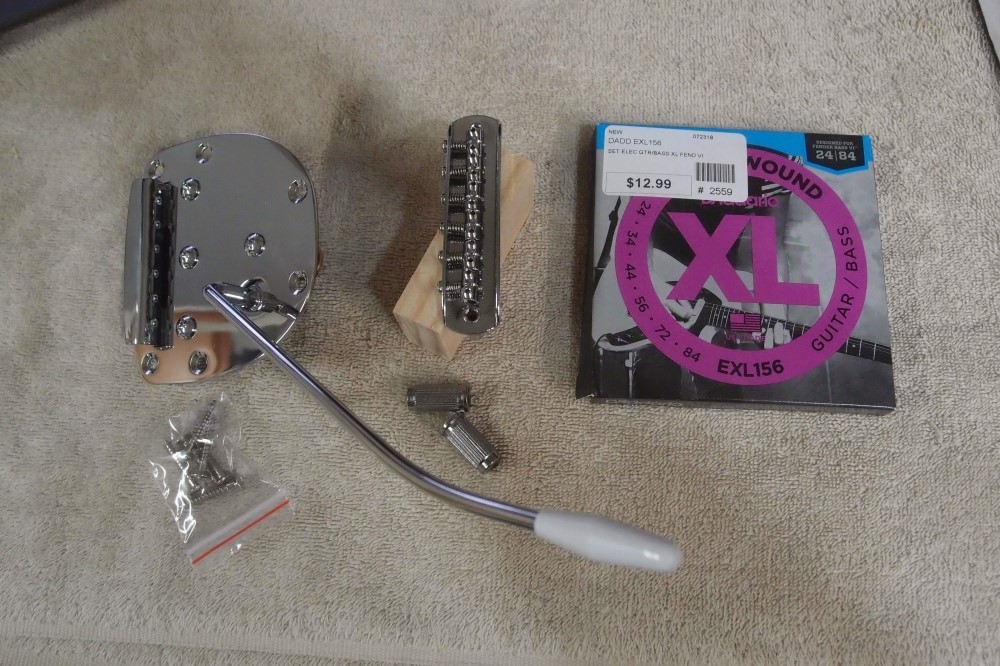
A much better tremolo for a Bass VI. What to do with it?





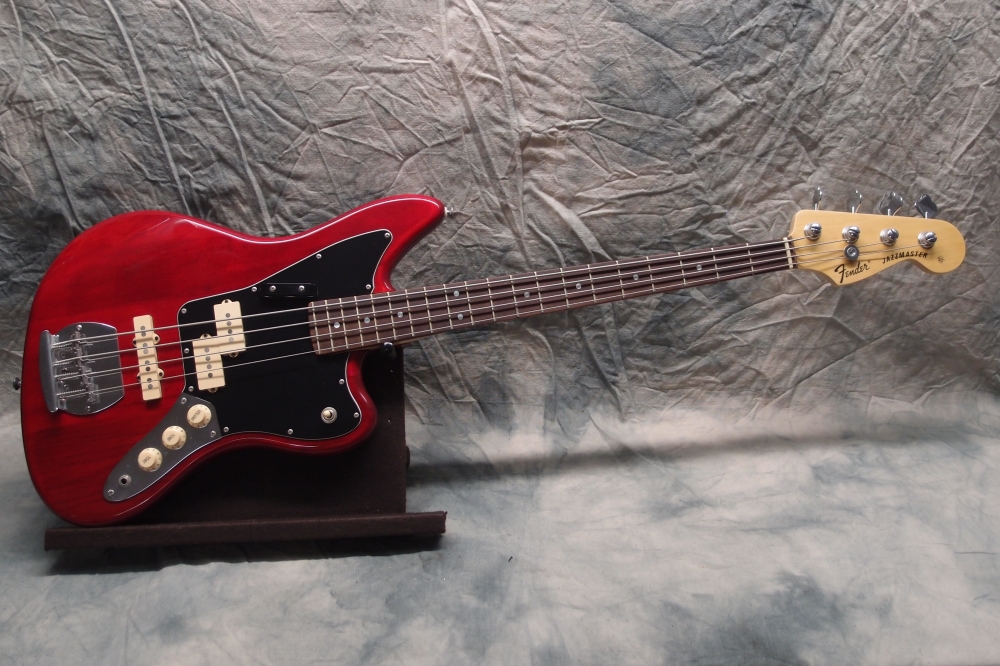
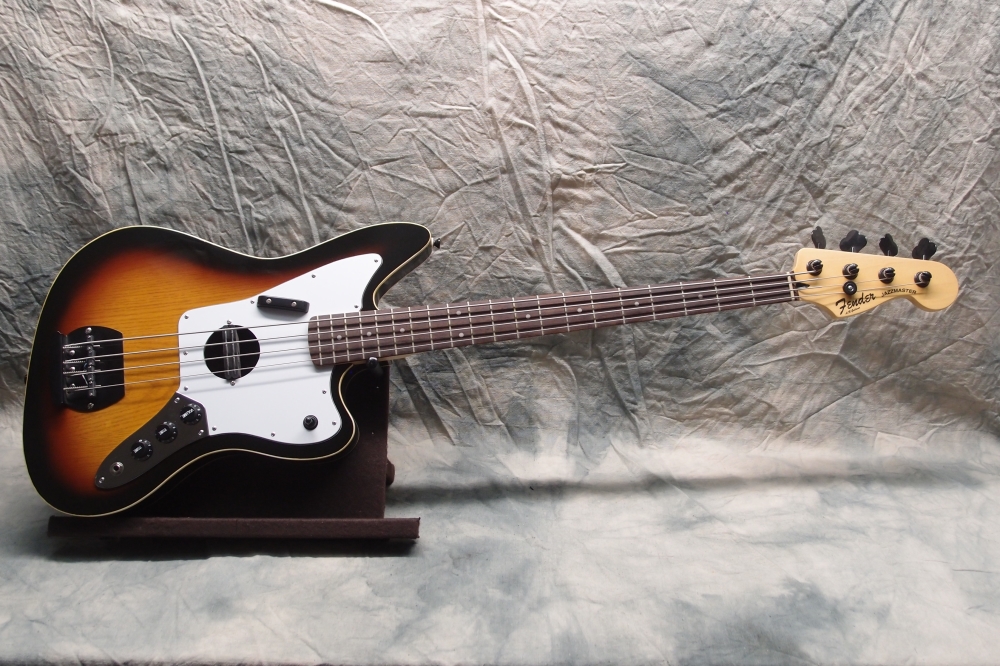


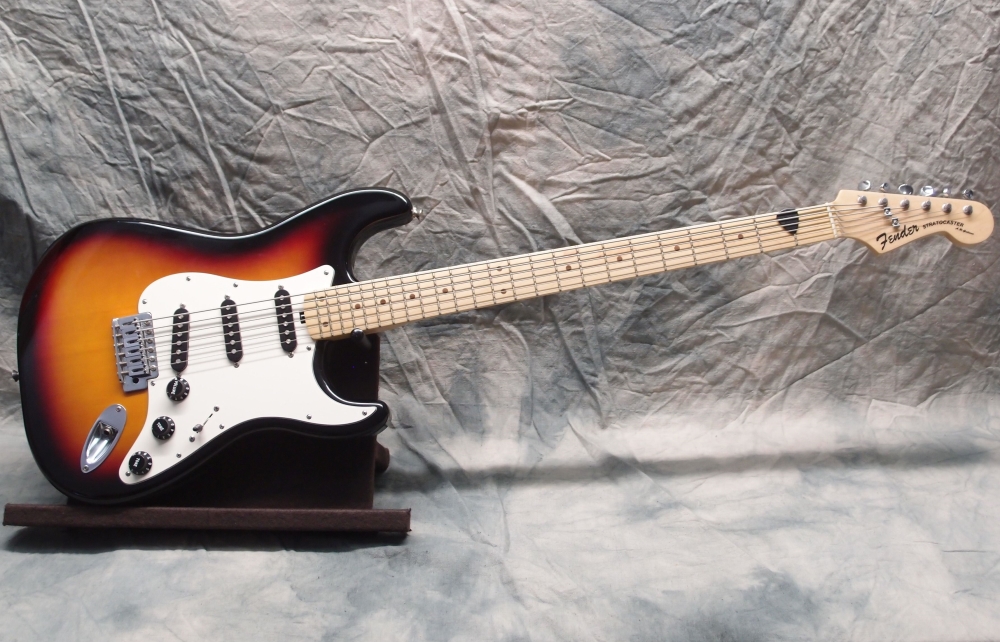
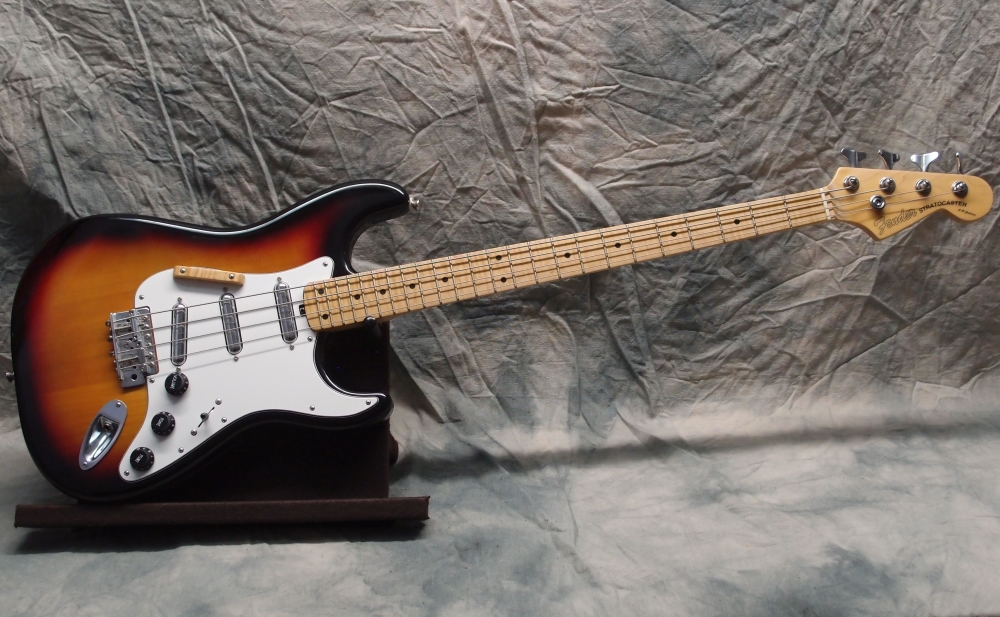
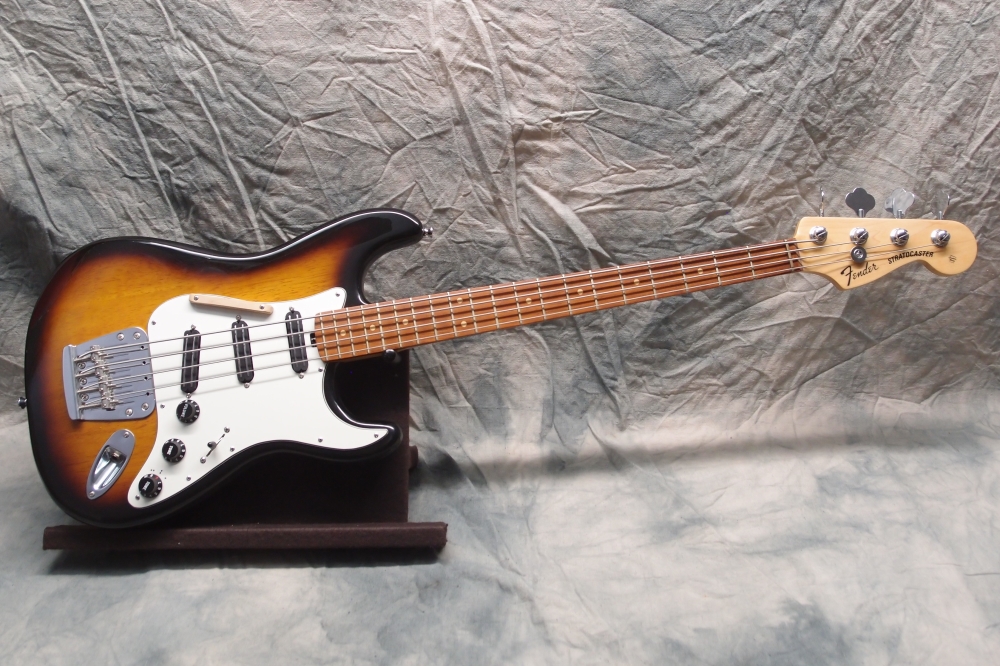
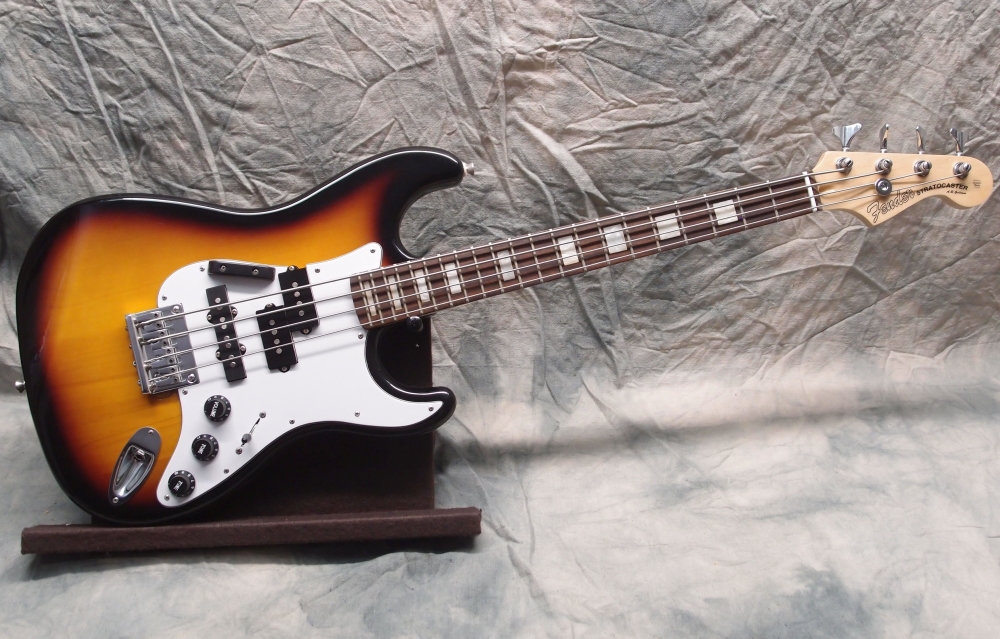
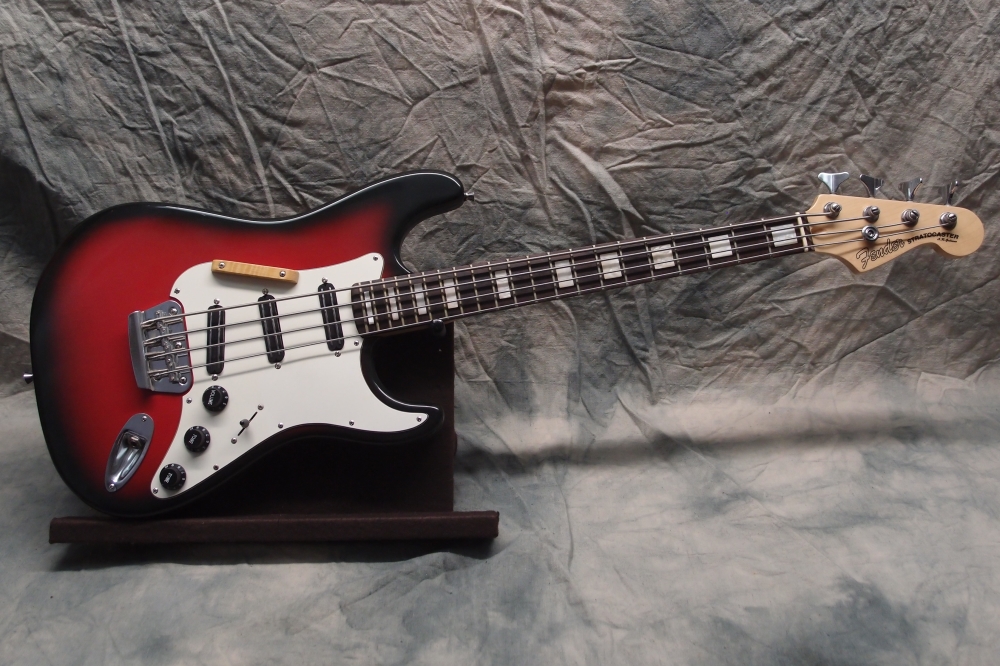
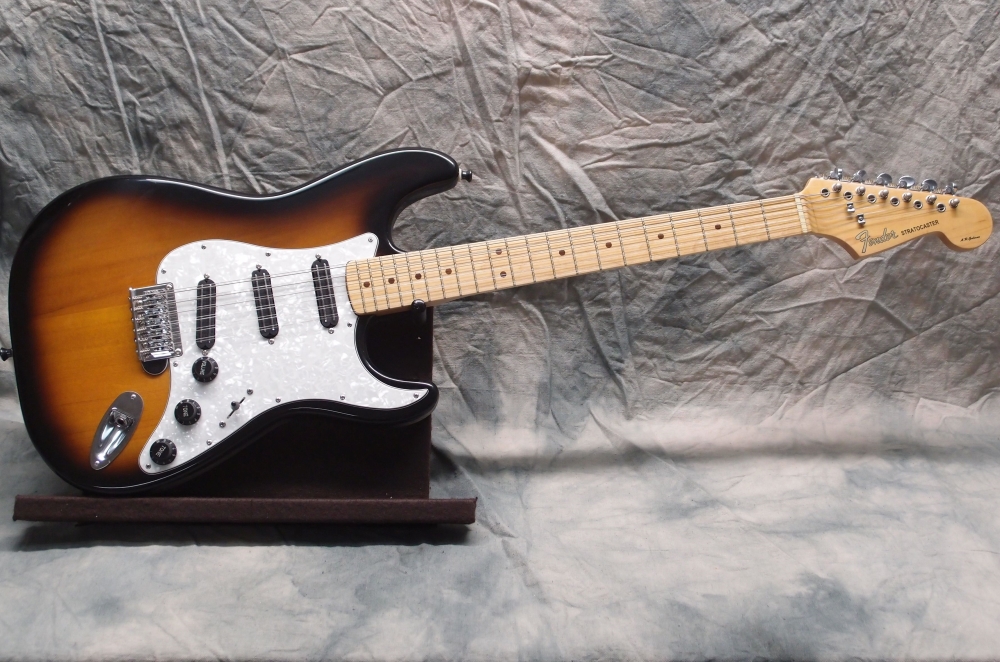
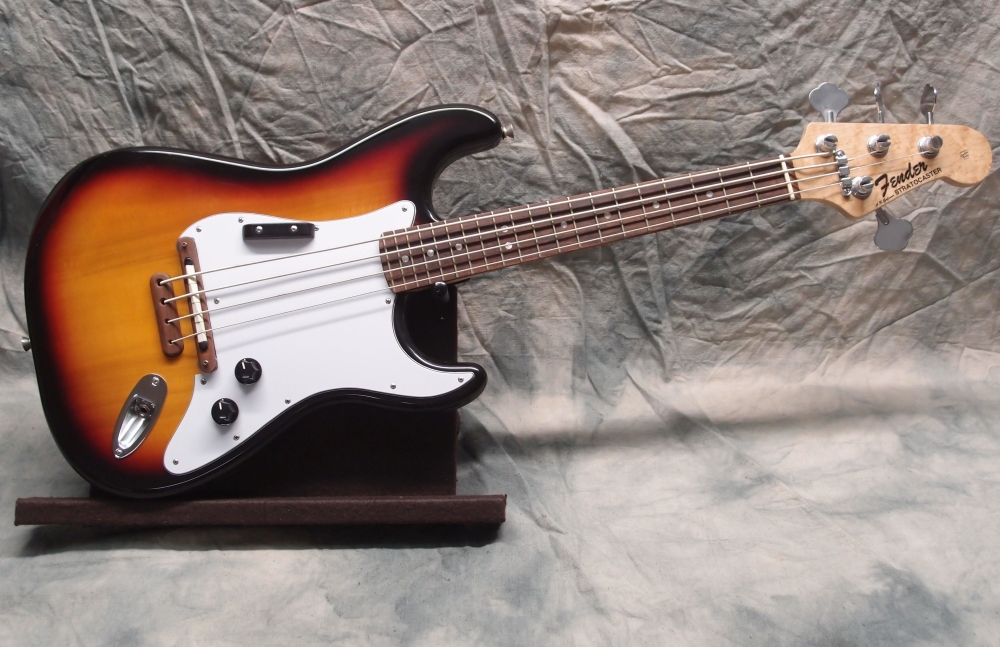
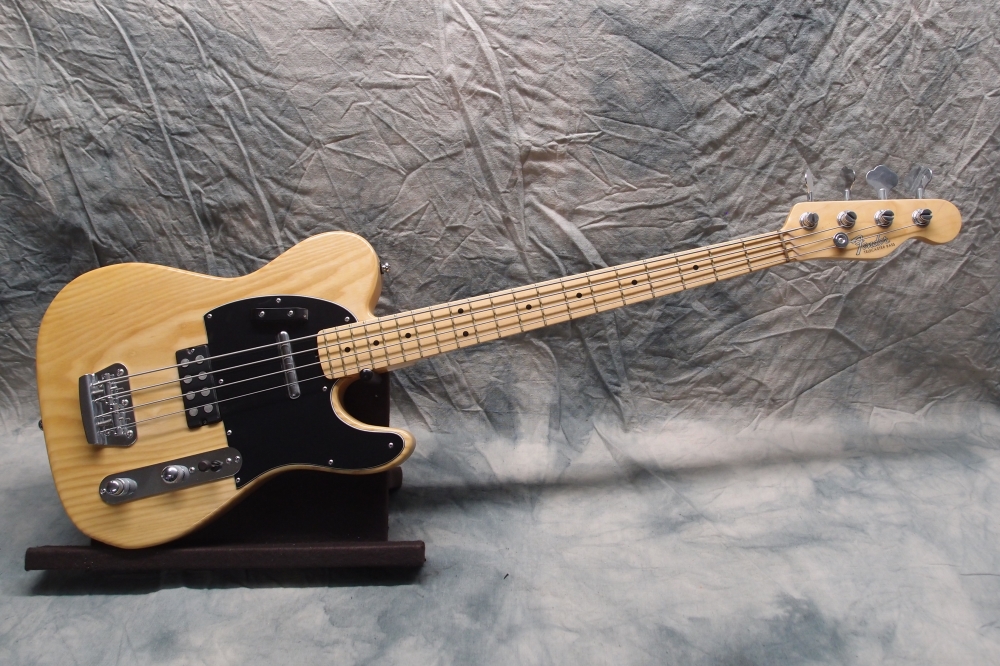
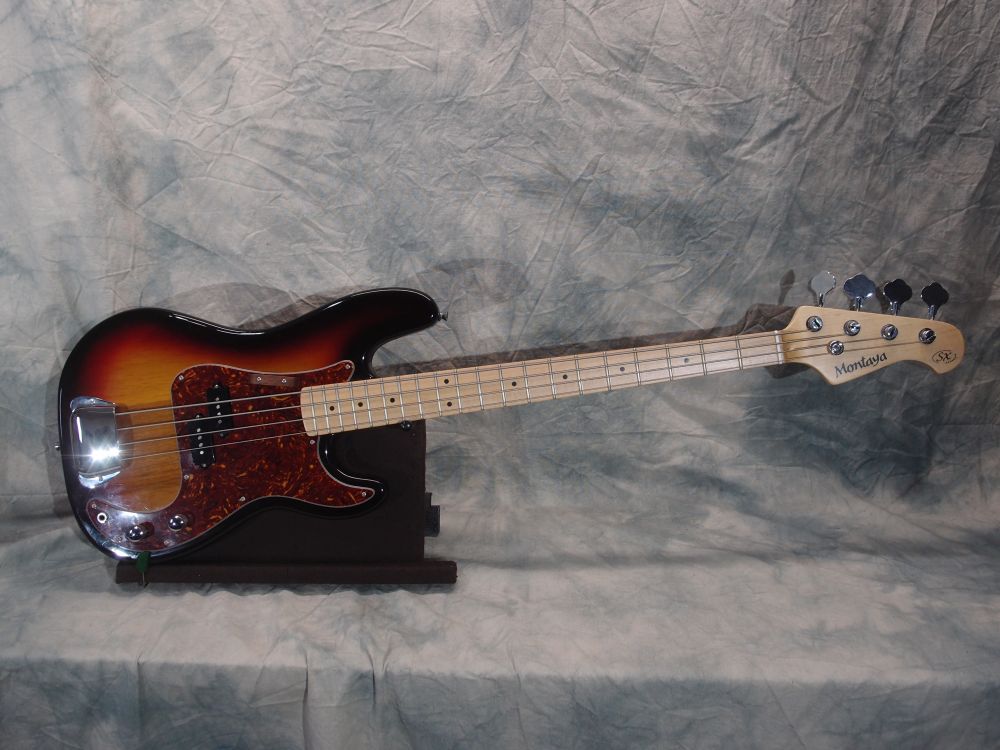
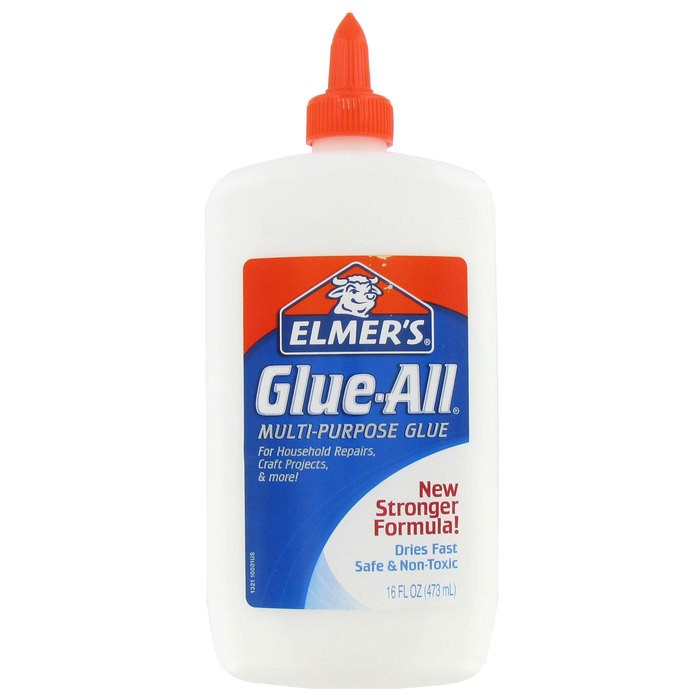
Questions or Inquiries?
Just want to say Hello? Sign the .